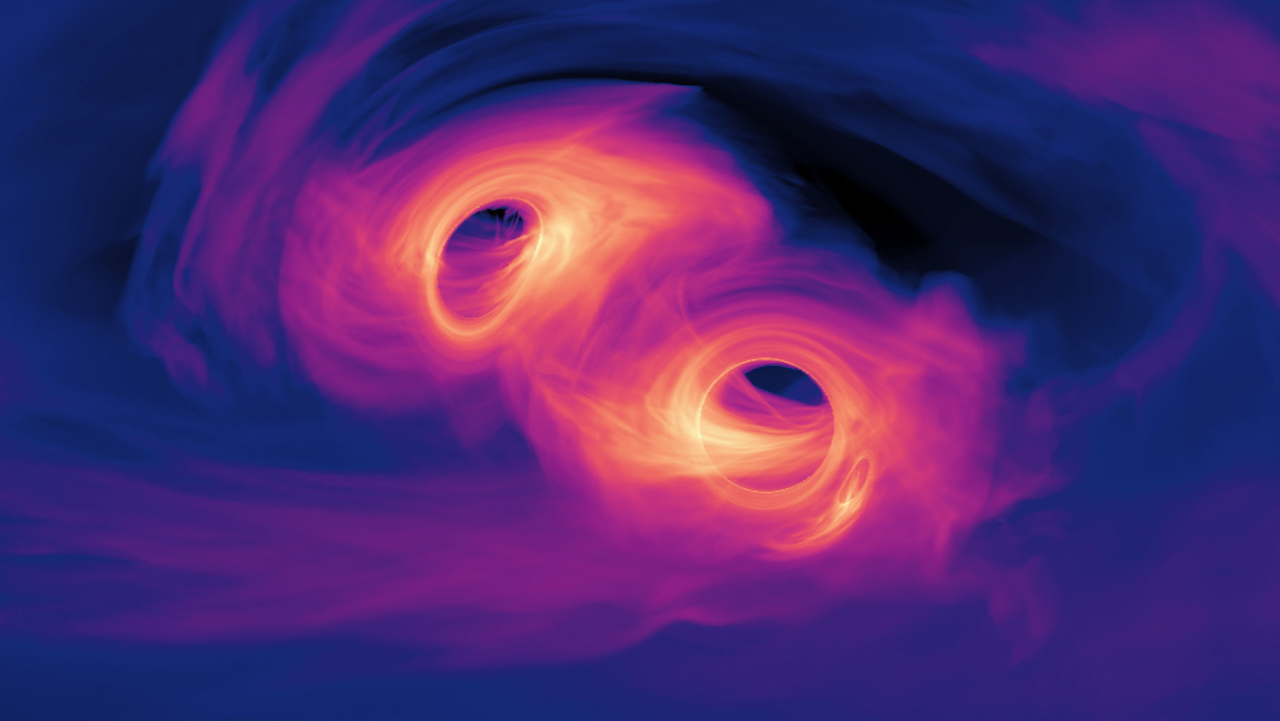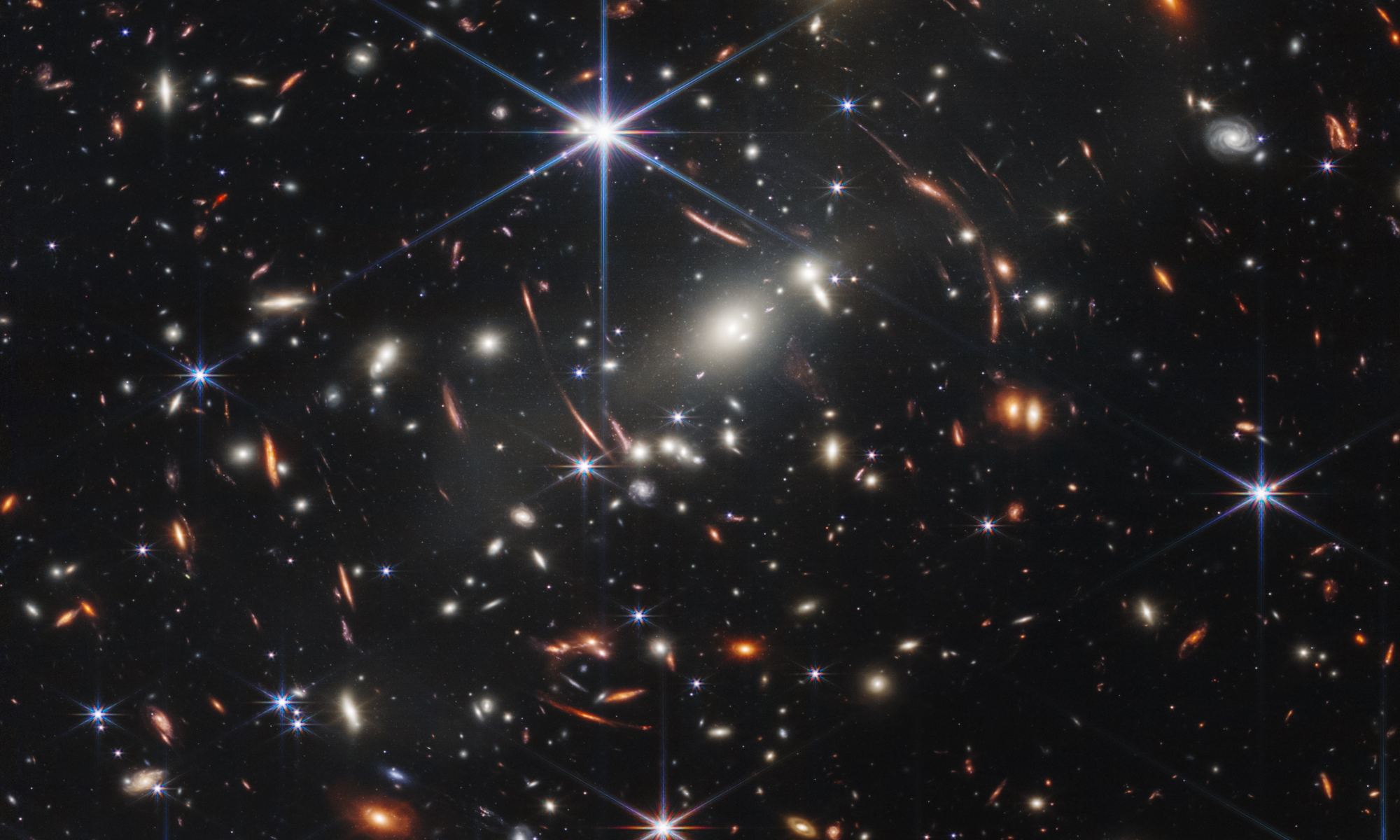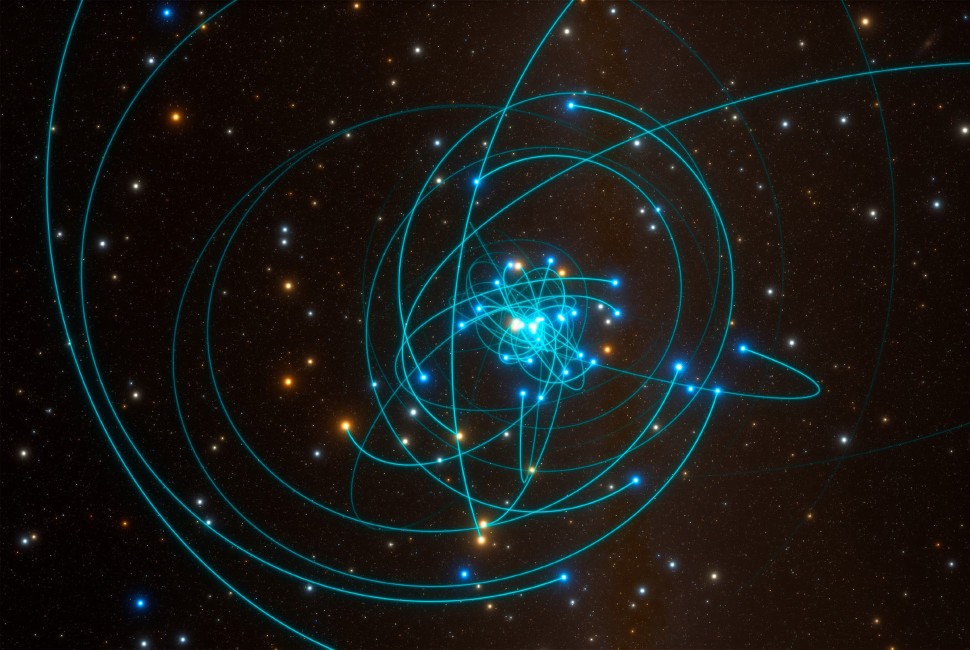When a new space telescope is launched, it’s designed to address specific issues in astronomy and provide critical answers to important questions. The JWST was built with four overarching science goals in mind. However, when anticipating new telescopes, astronomers are quick to point out that they’re also excited by the unexpected discoveries that new telescopes make.
There has been no shortage of unexpected discoveries regarding the JWST, especially regarding the very early Universe.
Continue reading “Webb Provides an Explanation for “Little Red Dots””









